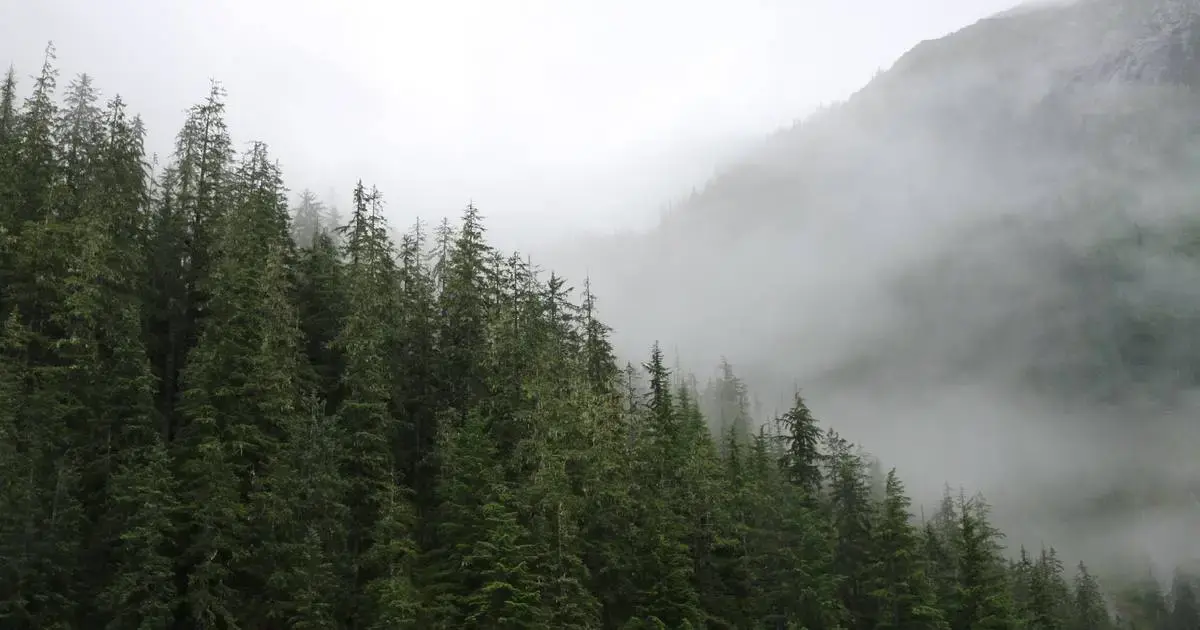Exceprts from the op/ed:
The Southeast Alaska community of Whale Pass opposes a 292-acre sale of old-growth forest and instead prefers the economic benefits of tourism and carbon credits.
Despite the fact that logging will almost certainly make less money and is less than 1% of the economy of Southeast while tourism provides 27%, the state of Alaska says it’s in the state’s best interest to pursue an old-growth timber sale right next to Whale Pass. This is like turning down a multimillion-dollar offer on your home to sell it for a few hundred thousand bucks.
Furthermore, the DNR commissioner explained in a letter to the Whale Pass City Council that “while carbon offset projects will open exciting new sources of revenue for the State of Alaska once the program is up and running, projects on state land are expected to operate in parallel with timber harvests — not take the place of them.” This statement ignores the fact that carbon offsets are only worth money if you are making a real tradeoff to conserve the carbon instead of logging it.
Somehow, making a political point against the Biden administration is more important than maintaining any semblance of credibility for actualizing revenue from the newly created carbon offset program, supporting tourism, the economic sector that is thriving, allowing the community most impacted by the decision to generate immediate revenue and lead the way on carbon credits, and addressing landslide concerns.
Doesn’t the timber need to be removed and persevered for it to actually sequester any significant carbon? Otherwise surly most of it will just re enter the atmosphere during the next fire.
Live trees take carbon dioxide out of the air. By letting them live, you are keeping the current balance. If you cut them down, you’ve made a negative. When trees die, some of their sequestered carbon goes back into the air as they decompose, but a good quantity becomes soil, enhancing the environment for more growth.
If you want to reduce atmospheric carbon, create a new forest with a variety of trees (not a mono-culture). Alternately, you COULD try to cut down and sequester the biomass of existing trees, but good luck getting that done without the fossil fuel emissions from the job outweighing what you’ve sequestered.
But most of the wood from cuting down the tree is sequestered in the houses, furniture, etc that it makes. From my understanding the main problem with forestry as carbon sequessequestration is that it can’t be scaled to the point of having much of an impact, becuse there’s only so much area that was the climate and water to grow trees in the first place.
Where did you hear that? When you cut down the tree to build that house, you’ve created a negative. No amount of storing will make up for the fact that the tree is not there to take carbon out of the air.
Further, it typically uses up a LOT of fossil fuel to get that tree into a house. Most of the tree is dumped as waste. They strip off all the leaves and branches so there is only the trunk to transport. Maybe they save the trunk’s bark as mulch, but then it is generally treated with chemicals. Healthy soil IS carbon sequestration, but it is even better when there are plants (carbon capture systems) living in it. Bark mulch is used to make sure plants don’t grow where they otherwise would. After that, the milled scraps may be turned into particle board or the like with a mix of chemicals and glues. None of this is particularly good sequestration because a lot of fuel has gone into a bulky short-term ‘solution’ that is unlikely to last more than a hundred years or so. We want solutions that last thousands of years.
Lastly, there are lots of places that could have trees, but we’ve already removed them. Ever here the myth about a squirrel being able to move tree-to-tree from the Atlantic to the Mississippi without touching the ground? It probably wasn’t entirely true – not in a straight line, at any rate – but it was probably close to true. Even if an area doesn’t get much rain, consider how the Ascension Island experiment showed that trees can increase the water supply (nat geo also covered this). Pit planting also increases tree range and water availability. Also, note that, “Mixed Forests Store 70% More Carbon Than Monoculture Forests” (see also). The Royal Society has a good piece on the co-benefits for carbon storage and biodiversity.
In conclusion, note that our natural gas and petroleum come from previously sequestered carbon. Now we’re releasing it all at once and simultaneously removing the natural buffer that keeps our planet at temperatures we like. The world will continue no matter what we do, but if we want to keep it livable for humans, we have to stop breaking the environment that supports us.


